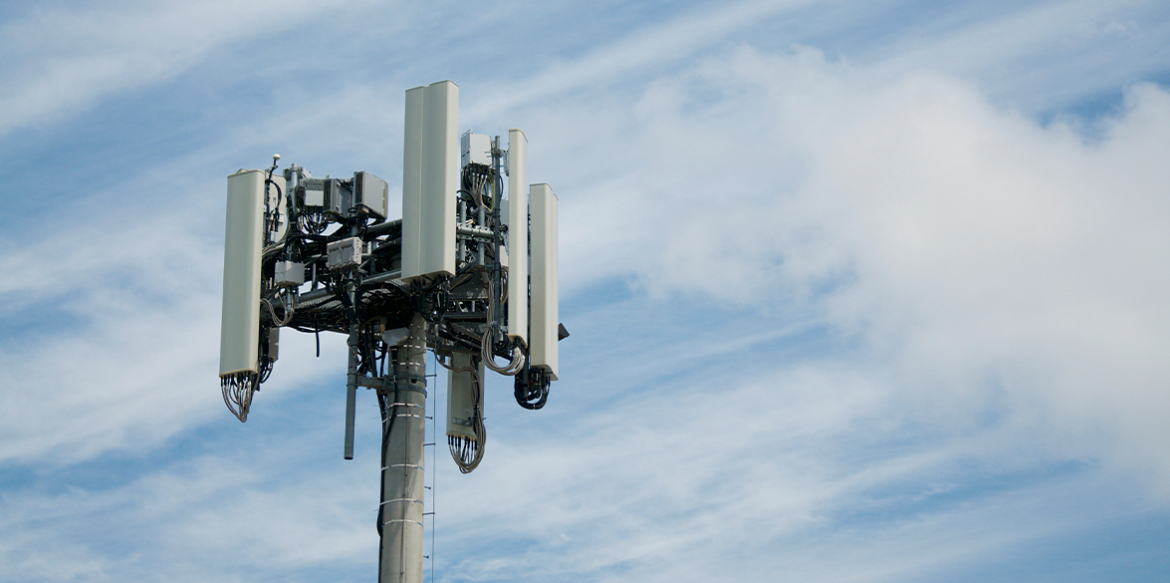5G is the next generation of wireless technology. The first 4G networks were rolled out in 2010, with more than half of all mobile connections now on 4G. 5G will be faster and more reliable, but it also has some other key differences and advantages from other standard antennas as it is in tesswave’s page. These include:
Better range
The range of 5g is much better than that of 4g or even 3g. You will be able to use your mobile phone or any other device in places where you could not before, like areas with poor signal strength or even inside buildings without any problem at all. This means that you no longer need to worry about losing connection when you enter an area with weak signal strength because your device will still be able to connect even if it is out of range from the network tower thanks to its advanced technology!
Faster Download Speeds
You can expect download speeds of up to 10 times faster than current 4G networks, with 100 Mbps being possible over short distances and 1 Gbps over long distances (theoretical maximum). This means that you could download a full HD movie in just a few seconds or less than 30 seconds if you use an Ethernet cable instead of Wi-Fi. You can also expect significantly lower latency on your connections as well, which will be great for gaming or any other interactive activity that requires fast response times.
Low Latency
The latency of 4G networks was already very low, with typical values between 20 and 50 milliseconds (ms). With 5G networks, it will be even lower, with typical values between 1 and 5 ms. This means that you’ll be able to interact with your devices in real time, and that they won’t disconnect while you’re playing games or watching videos.
Higher Capacity (Less Congestion)
The capacity of the 4G network is limited by spectrum scarcity and interference issues. With 5G networks, this will change because they will use lower frequencies (between 600 MHz and 6 GHz). These frequencies are not used for broadcasting television signals or radio stations; therefore, there won’t be any interference from other types of signals. This will allow for higher capacities (and therefore lower delays) in all types of applications, including streaming video and audio content.
Less Power Consumption
5G will consume less power than 4G and 3G networks. The reason behind this is that 5G uses millimeter wave spectrum which is highly efficient but also has a very high frequency range (between 30 GHz and 300 GHz). The radio waves used in 5G have a wavelength of between 1mm and 10mm which means that if you want to transmit data on these frequencies you will need an antenna with a very small size.
Conclusion
5G Antenna is a breakthrough wireless technology that has already started disrupting the wireless internet world and providing an alternate platform for high-speed internet to the users. It makes use of the millimeter waves radiations and uses antennas to transmit signals from network provider to mobile devices. The benefits of 5G antennas have numerous applications in diverse industries such as transport, defense, healthcare, and beyond.
